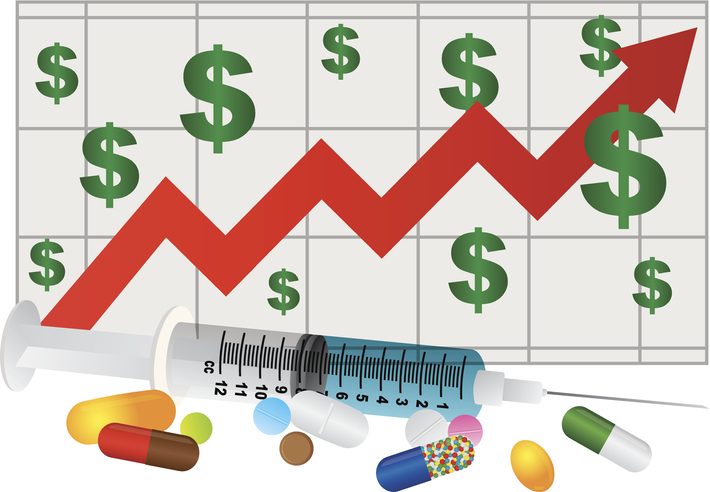
Home Health: A Solution to Skyrocketing Healthcare Costs
A great deal of healthcare can take place in the home, leaving valuable bandwidth available for specialized facilities when they are needed.

A great deal of healthcare can take place in the home, leaving valuable bandwidth available for specialized facilities when they are needed.

During the first three quarters of 2023, the prices for CMS’ 500 shoppable services increased by 2.0%, according to a new report. This figure is in alignment with the 1.9% U.S. inflation measured by the Personal Consumption Expenditures Price Index and below the overall U.S. inflation rate measured by the Consumer Price Index.

The top three areas of concern for employers in 2024 include rising healthcare costs, mental health challenges and cancer care, according to a recent report from Business Group on Health.

Globally, health benefit costs are expected to increase 9.9% in 2024, according to a new report from Willis Towers Watson. This is a slightly slower pace than in 2023, which saw a record-high increase of 10.7%.

When asked to list their top health and wellbeing priorities over the next three years, 69% of employers said managing their health plan’s costs and budgeting, while 63% said enhancing mental health programs, a new survey shows.

Only actual hospital prices, displayed as dollars and cents, not estimates, formulas, or algorithms, protect patients from outrageous bills and hold hospitals accountable for overcharges, errors, and fraud. Accepting CMS' or other substitutes instead of actual prices undermines broader efforts to make hospital price transparency a reality for American patients and healthcare consumers.

Employers' healthcare costs are anticipated to rise by 8.5% in 2024, according to Aon. The projected increase is nearly twice the 4.5% increase that employers saw from 2022 to 2023. Inflation is a major factor for the increase.

New research predicts that healthcare costs will increase by 7% next year. The estimate is higher than the projected medical cost trends in 2022 and 2023 — which were 5.5% and 6.0%, respectively.

In just 2020, deaths from gun violence cost the U.S. healthcare system $290 million, or about $6,400 per patient, according to a report from the Commonwealth Fund. These costs are mostly covered by Medicaid and other government insurance programs.

The funding round was led by Mercato Partners Traverse Fund and included participation from Bertelsmann Investments. In total, the company has raised $63 million. Paytient created Health Payment Accounts, which help patients pay for out-of-pocket medical expenses.

Employers have several strategies for combatting rising healthcare costs, including moving to more value-based care arrangements, said Ellen Kelsay, President and CEO of Business Group on Health. Other top health trends for employers next year will be continued support of wellbeing programs and health equity.

The healthcare industry is still building software to can handle its complex and vast pricing data, so it still has a few more years to go before price transparency information actually becomes useful. Once software development cycle matures, this data can infiltrate the way providers and payers negotiate contracts and affect the way patients shop for care.

In a survey of Americans with employer-sponsored coverage, 91% of respondents said they’ve experienced a payment-related issue in the past. Another 86% saying they’re worried their health benefits won’t cover all their healthcare needs.

The patient financial experience in the U.S. is poor — patients have a hard time understanding pricing data and they often face exorbitant prices for care and medications. This problem will only get better if the healthcare industry rids itself of price-gouging middlemen and closed-door price negotiations held by businesspeople, according to a recent healthcare innovation panel.

Employers expect healthcare costs to increase 6% next year, up from the 5% increase they are experiencing this year. Respondents don’t see this improving down the road either, with 71% saying they anticipate moderate to significant increases over the next three years.